Introduction to YCOB and Nd:YCOB Crystals
Yttrium calcium oxyborate (YCOB) and Neodymium-doped YCOB (Nd:YCOB) have emerged as prominent materials in the field of nonlinear optics. This comparative study delves deep into the optical properties of these crystals, bringing to light their refractive indices, nonlinear coefficients, and dispersion properties.
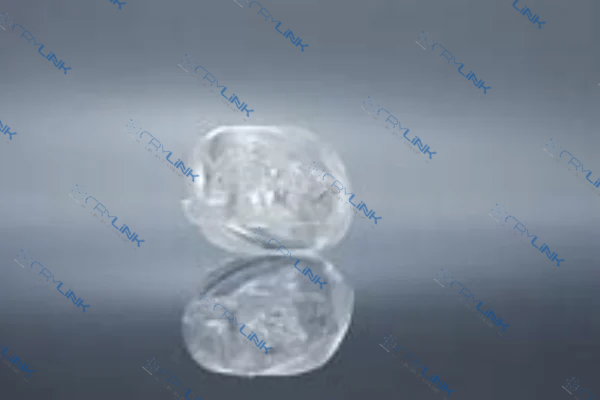
Fundamentals of Crystal Optics
Crystal optics is a multifaceted field that revolves around the interaction of light with crystalline materials. This interaction is dictated by several factors, of which the refractive index, nonlinear optical coefficients, and dispersion are pivotal.
The refractive index, or index of refraction, is a fundamental property that indicates the speed of light in a medium relative to its speed in a vacuum. In layman’s terms, it provides insight into how much a light ray bends or refracts when entering a crystal from another medium. For instance, gemstones like diamonds have a high refractive index, which is why they sparkle so brilliantly; they bend light in unique ways, creating shimmer and brilliance. In the context of advanced optical applications, materials with varying refractive indices can be employed to manipulate light paths, focus beams, or even produce magnified images.
Closely related, yet distinctly different, is the concept of nonlinear optics. Unlike linear optical processes where the response of a material to light remains constant regardless of its intensity, in nonlinear optics, the material’s response varies with the light’s intensity. This behavior is quantified using nonlinear coefficients. Essentially, as light intensity escalates, certain materials can produce effects like frequency doubling, where input light of one frequency can produce output light of double that frequency. Such nonlinear phenomena are fundamental for a range of applications, from laser design to telecommunications.
Lastly, dispersion in optics is analogous to how a prism creates a rainbow by dispersing white light into its constituent colors. This is because different wavelengths or colors of light travel at slightly different speeds in a medium, causing them to spread apart. In crystal optics, understanding dispersion is crucial. For high-precision endeavors like designing laser systems or fiber-optic communication lines, managing dispersion is imperative. Unwanted dispersion can lead to signal degradation in communications or reduced performance in lasers.
In essence, the realm of crystal optics is not just about understanding how light interacts with crystals. It’s about harnessing these interactions—be it through refractive indices, nonlinear effects, or dispersion—to innovate, design, and advance the frontiers of optical technology.
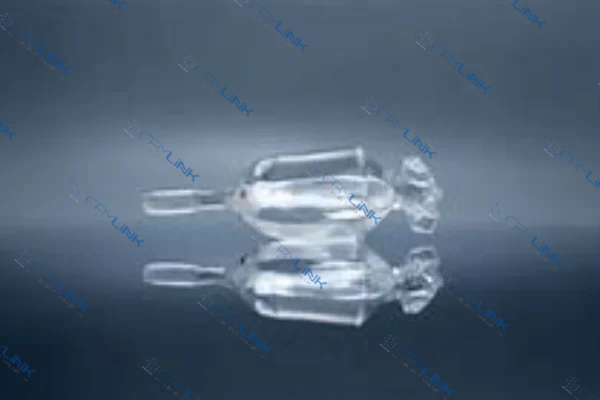
Deep Dive into YCOB Crystals
The world of optical science has been significantly enriched with the discovery and utilization of Yttrium calcium oxyborate (YCOB) crystals. These crystals have become a cornerstone for many optical applications, and there are multiple reasons behind their burgeoning popularity in the industry.
One of the prime attributes of YCOB is its high refractive index. To understand the gravity of this feature, one can liken the refractive index to the manner in which a straw appears bent when placed in a glass of water. In the domain of optics, a high refractive index means that light can be manipulated more efficiently. But what makes YCOB even more intriguing is its unique crystalline structure, which allows for variations in its refractive index across different light wavelengths. This versatility implies that YCOB can be employed in a myriad of applications, from imaging systems to advanced laser technologies, giving scientists and engineers a broad canvas to paint their innovations upon.
Then, there’s the realm of nonlinear optics where YCOB truly shines. Nonlinear optics is all about how materials respond to high intensities of light. The pronounced nonlinear coefficient of YCOB underscores its capability to take one frequency of light and convert it into another. In simpler terms, it can make light ‘change its color.’ Such frequency conversion is instrumental in many laser operations, especially in those that require harmonics or the mixing of frequencies. For instance, green laser pointers often use such a process, wherein infrared light is converted into green.
Lastly, the dispersion characteristics of YCOB deserve special mention. In the journey of light through any medium, there’s always a risk of different wavelengths (or colors) of light getting out of sync with one another. This phenomenon can cause challenges in various optical systems. However, YCOB’s superior dispersion properties ensure that different wavelengths co-travel harmoniously with minimal phase mismatches. This is of paramount importance in applications like broadband light sources, where a wide spectrum of light is involved, and in pulse compression techniques, which are vital in many modern laser systems.
In summation, YCOB crystals encapsulate a trifecta of remarkable optical properties that have positioned them as a material of choice for cutting-edge optical research and applications.
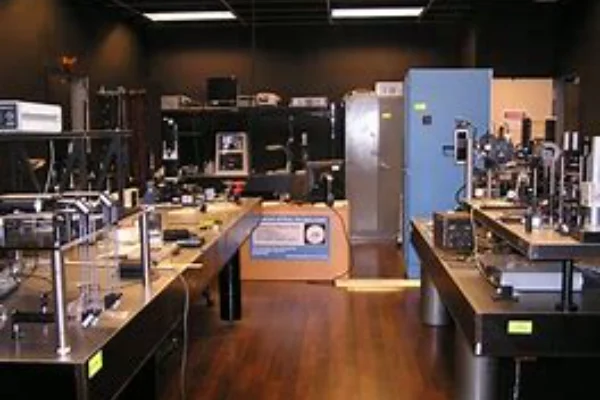
Understanding Nd:YCOB Crystals
Neodymium-doped Yttrium calcium oxyborate (Nd:YCOB) crystals stand at the forefront of innovations in the optical domain. The introduction of Neodymium into YCOB not only refines its intrinsic properties but also equips it with unique attributes that are reshaping the horizons of laser technology.
Starting with the refractive indices, the doping of Neodymium results in subtle, yet crucial modifications. When we think of refractive indices, it’s not just about the bending of light, but also how efficiently a material can handle intense beams. With an enhanced refractive index, Nd:YCOB proves to be a prime contender in this regard. Especially in the realm of high-power laser systems, where the intensity of beams is paramount, the augmented refractive index offers precise and efficient light manipulation capabilities. Imagine laser systems that can deliver more power with greater accuracy; that’s the promise Nd:YCOB brings to the table.
In the world of nonlinear optics, Nd:YCOB again takes a leap ahead of its undoped counterpart. The intrinsic nonlinear coefficients of YCOB are already commendable, but with Neodymium doping, they are further accentuated. This means that Nd:YCOB possesses an even greater potential to change the frequency of light. Such an amplified potential opens doors to a variety of parametric processes, essential for cutting-edge laser setups. Whether it’s about generating new frequencies or achieving specific light interactions, Nd:YCOB offers unparalleled efficiency.
But it’s not just about refractive indices or nonlinear coefficients; the dispersion traits of Nd:YCOB are equally groundbreaking. In any optical setup, ensuring the harmonious propagation of multiple light wavelengths is a challenge. However, Nd:YCOB rises to the occasion with its advanced dispersion characteristics. The crystal ensures that wavelengths, even when varied, travel cohesively, minimizing phase mismatches. This trait is particularly crucial for ultrafast laser systems where precision is paramount. Additionally, in pulse generation techniques, where quick bursts of energy are required, Nd:YCOB’s dispersion properties provide the necessary consistency and reliability.
Conclusively, the doped Nd:YCOB crystals, with their enhanced properties, are not just an evolution but a revolution in the domain of optics, promising a future where the boundaries of what’s possible are continually being expanded.
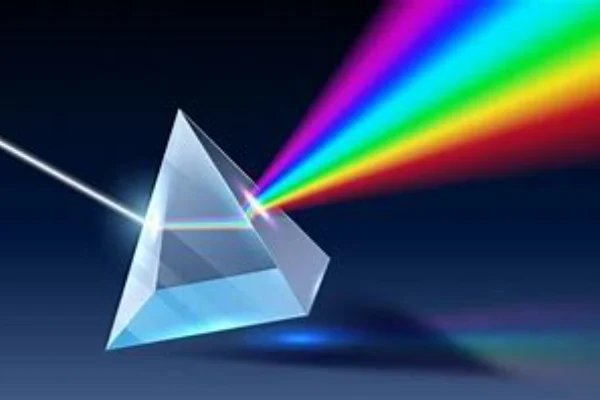
Comparative Analysis: YCOB vs. Nd:YCOB
When diving into the intricate world of crystal optics, the nuanced differences between crystals can have profound impacts on their applications. The comparison between YCOB and Nd:YCOB offers a fascinating exploration into how subtle changes, like Neodymium doping, can significantly refine a crystal’s properties.
Considering the refractive indices, both YCOB and Nd:YCOB shine in their own right. The inherent structure of YCOB already offers an impressive refractive index, making it a strong contender in optical applications. However, when Neodymium is introduced, the Nd:YCOB crystal gains an even more enhanced refractive profile. This increment, though might seem minuscule on paper, can be instrumental, especially in laser cavities where high reflection and refraction are essential. With a heightened refractive index, Nd:YCOB promises improved performance in laser systems, ensuring beams are manipulated with greater efficiency and precision.
In the realm of nonlinear optics, the differences become more pronounced. YCOB, by nature, boasts a commendable nonlinear coefficient, allowing for impressive optical effects. Yet, the story doesn’t end there. When doped with Neodymium, the Nd:YCOB crystal takes this to another level. The enhanced nonlinear attributes mean that, in certain optical setups, Nd:YCOB can exhibit superior frequency conversion processes. This advantage translates to more efficient and diverse laser operations, where specific light interactions are paramount.
Finally, addressing the dispersion dynamics, both crystals are no slouches. YCOB, with its intrinsic dispersion properties, can efficiently cater to a broad spectrum of optical requirements. However, the refined dispersion characteristics of Nd:YCOB provide it with a slight advantage, especially in the demanding realms of ultrafast and high-power laser systems. In environments where a split-second decision or a minute adjustment can drastically alter outcomes, the consistent and harmonious propagation offered by Nd:YCOB becomes invaluable.
To sum up, while YCOB already stands as a robust choice for various optical endeavors, the doped Nd:YCOB, with its enhanced properties, makes a compelling case for specific advanced applications. The decision between them is less about superiority and more about tailoring the choice to the precise requirements of the task at hand.
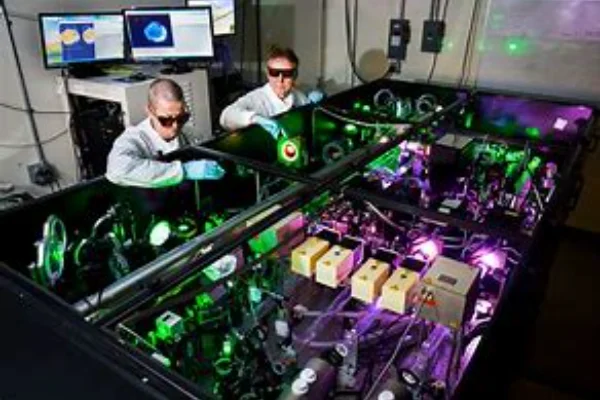
Conclusion
Both YCOB and Nd:YCOB have established themselves as stalwarts in the realm of nonlinear optics. Their unique refractive indices, nonlinear coefficients, and dispersion properties make them indispensable in contemporary laser systems. While YCOB serves as a robust foundation, Nd:YCOB, with its doped attributes, presents avenues for further exploration and innovation in the world of optics.
FAQs
1. What are the primary applications of YCOB crystals in optics?
YCOB crystals are predominantly used in frequency conversion processes, broadband light sources, and pulse compression due to their remarkable nonlinear coefficients and dispersion properties.
2. How does neodymium doping influence the optical properties of YCOB?
Neodymium doping enhances the refractive index and nonlinear coefficients of YCOB, making Nd:YCOB more suitable for high-power and ultrafast laser systems.
3. Are there any specific laser systems where Nd:YCOB outperforms YCOB?
Yes, Nd:YCOB is often preferred in ultrafast and high-power laser systems due to its enhanced refractive index and superior dispersion characteristics.
4. How do dispersion properties impact the performance of optical systems?
Dispersion properties dictate how different wavelengths of light propagate within a medium. Optimal dispersion ensures that light waves co-propagate with minimal phase mismatches, vital for pulse compression and broadband light sources.
5. Between YCOB and Nd:YCOB, which crystal exhibits a higher refractive index?
While both crystals have high refractive indices, Nd:YCOB tends to have a slightly higher index due to the influence of neodymium doping.

Frank
Frank graduated from the University of Shanghai for Science and Technology, majoring in optics. As a technical engineer at Crylink Company, he deeply understands crystal materials and laser components.
Related Video(s) with this Article
Related Product(s) with this Article
Related Application(s) with this Article
